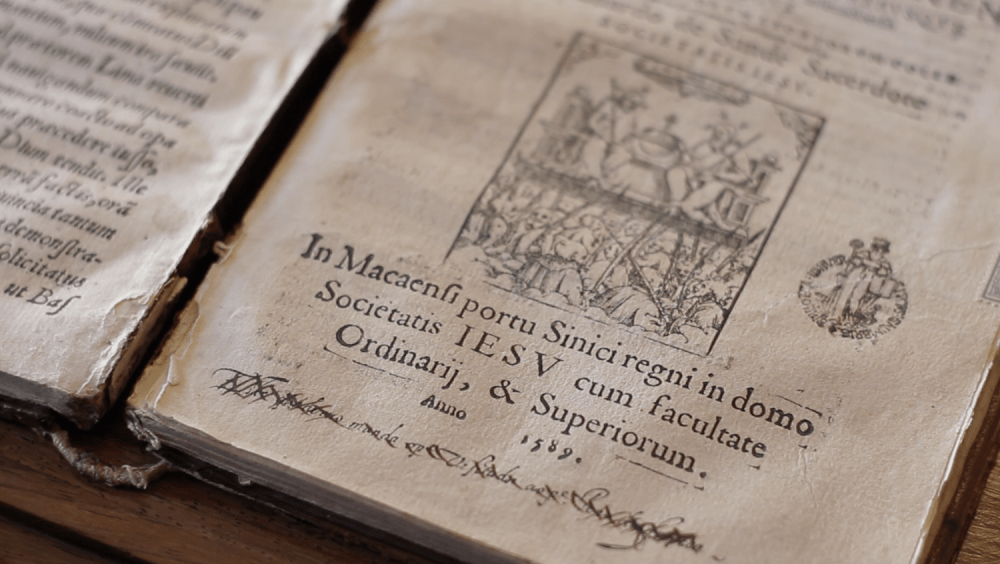How the European printing press failed in 16th century Japan
A printing press was sent from Portugal to the Far-East in 1587 with the purpose of printing religious books in Japan. Several books were printed in Goa and in Macao during the journey, and finally in Japan, where its limitations became apparent under the need to include oriental (larger) character sets. The movable type that revolutionized Europe had no effect in Japan and was soon abandoned by the Jesuits themselves, that went back to the local technologies.
In the 16th century the newly discovered Japan was almost 2 years away from Europe, by sea. It was impossible to ship Catechisms for every possible catechumen or student of the Christian Faith, so Jesuits naively thought that a printing press was needed for the missioning of Japan.
On the request of the Jesuit “Visitor” Alessandro Valignano a printing press embarqued with the Japanese “legation” that had been travelling all over Europe (1582-1590) leaving from Lisbon to Goa. A small booklet was printed in India and two others were printed in Macao, before reaching Japan, in 1590.
However the number of types and gravures travelling from Europe was insufficient even for regular Latin book composition and it was augmented with Chinese-made capital letters. The books printed in Macao show evidence of this early local adaptation that proceeded with the incorporation of more and more Japanese characters, locally made. Later in Japan the Jesuits even had to cast new italic fonts. The few books printed in this way became enormously rare but one can be seen in Coimbra University Library.
Finally the Jesuits understood that the local alternative (xylography) was adaptable and more suitable for printing books with both Eastern and Western characters. They abandoned the European press and favored the oriental way of printing for both Japanese and Chinese character sets. The East would not see another European mechanical press until the Industrial Revolution.
The story is about an early technology transfer and stresses both the importance of the mobile-type printing press in Europe and its proved irrelevance in 16th century Japan.
The technology was effectively transferred by the Portuguese in good-faith and locally operated by Christian Japanese "conversos". The European printing press with movable type could have been easily adopted in Japan if it suited the ideographic character printing. But even the Jesuits printing in Latin realized it did not. The unexpected outcome of the story also highlights the importance of the cultural environment in promoting technological changes.
